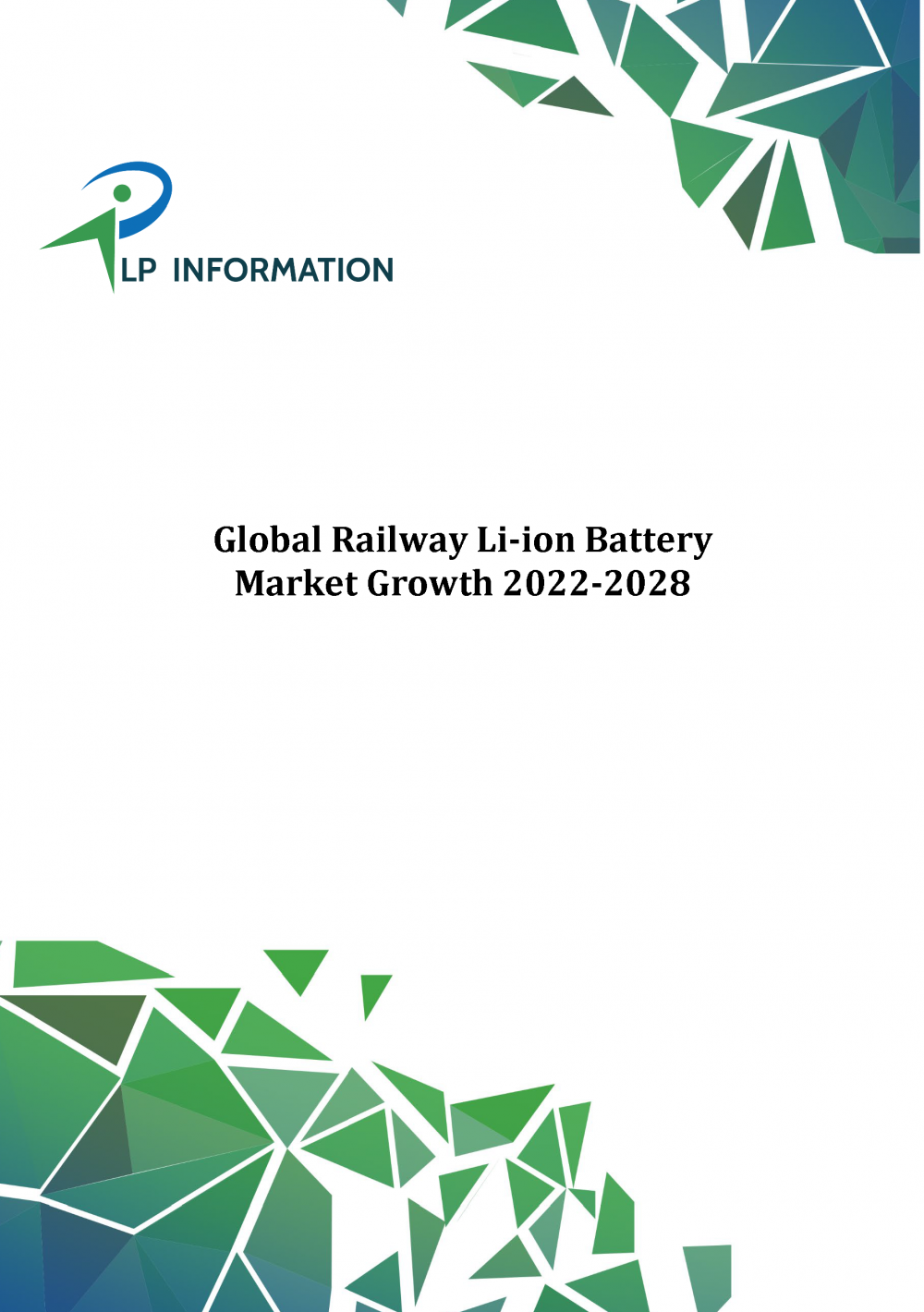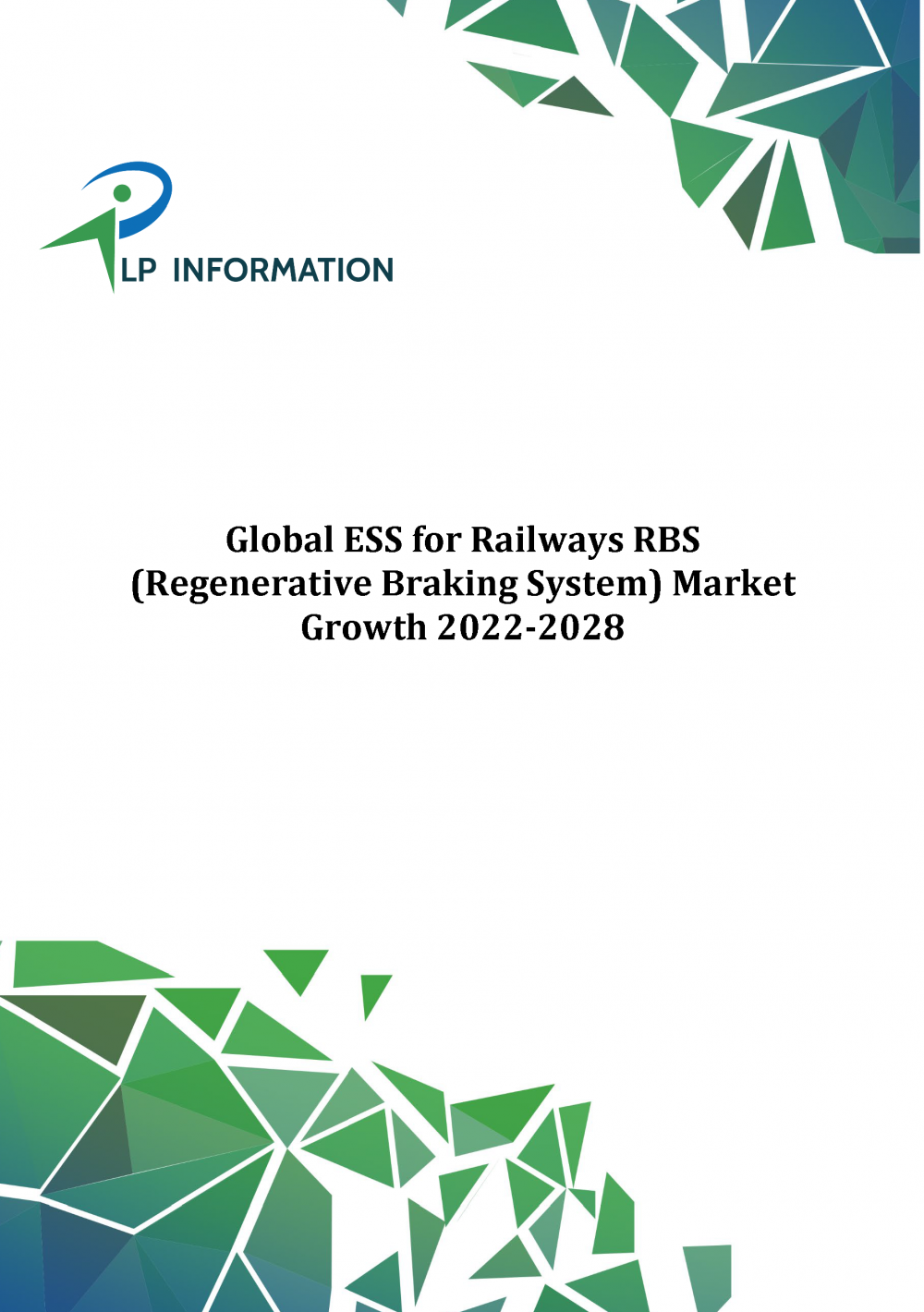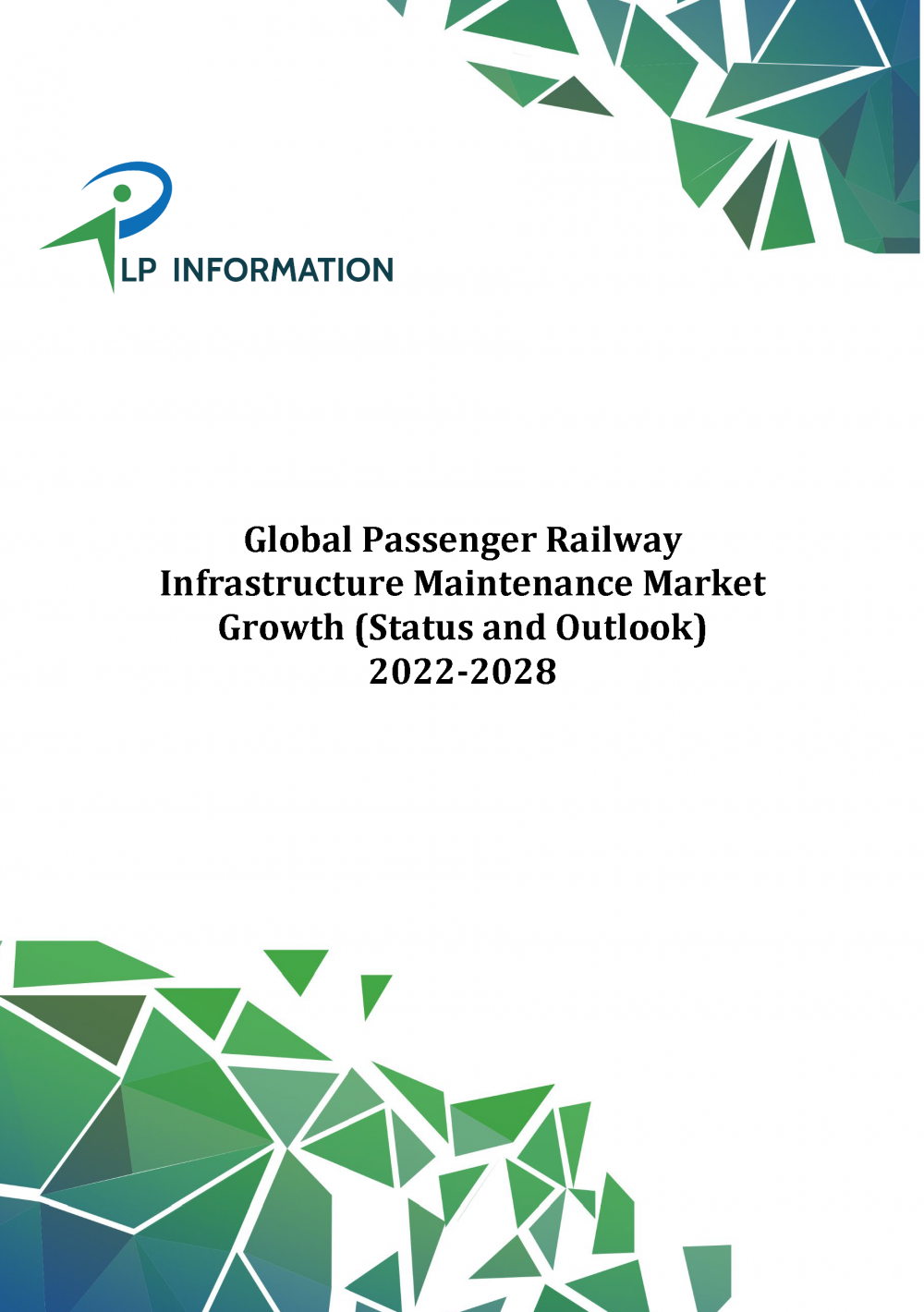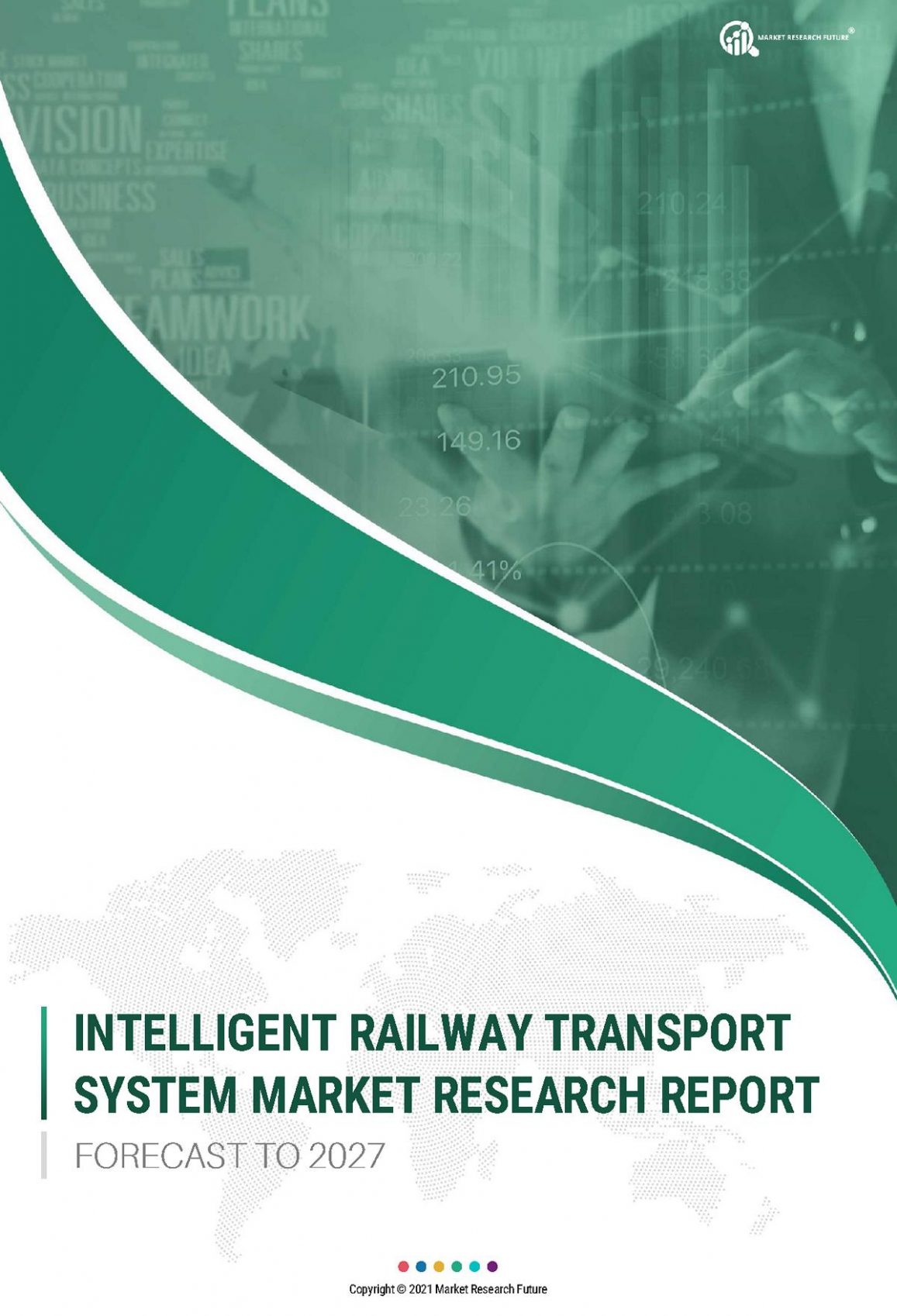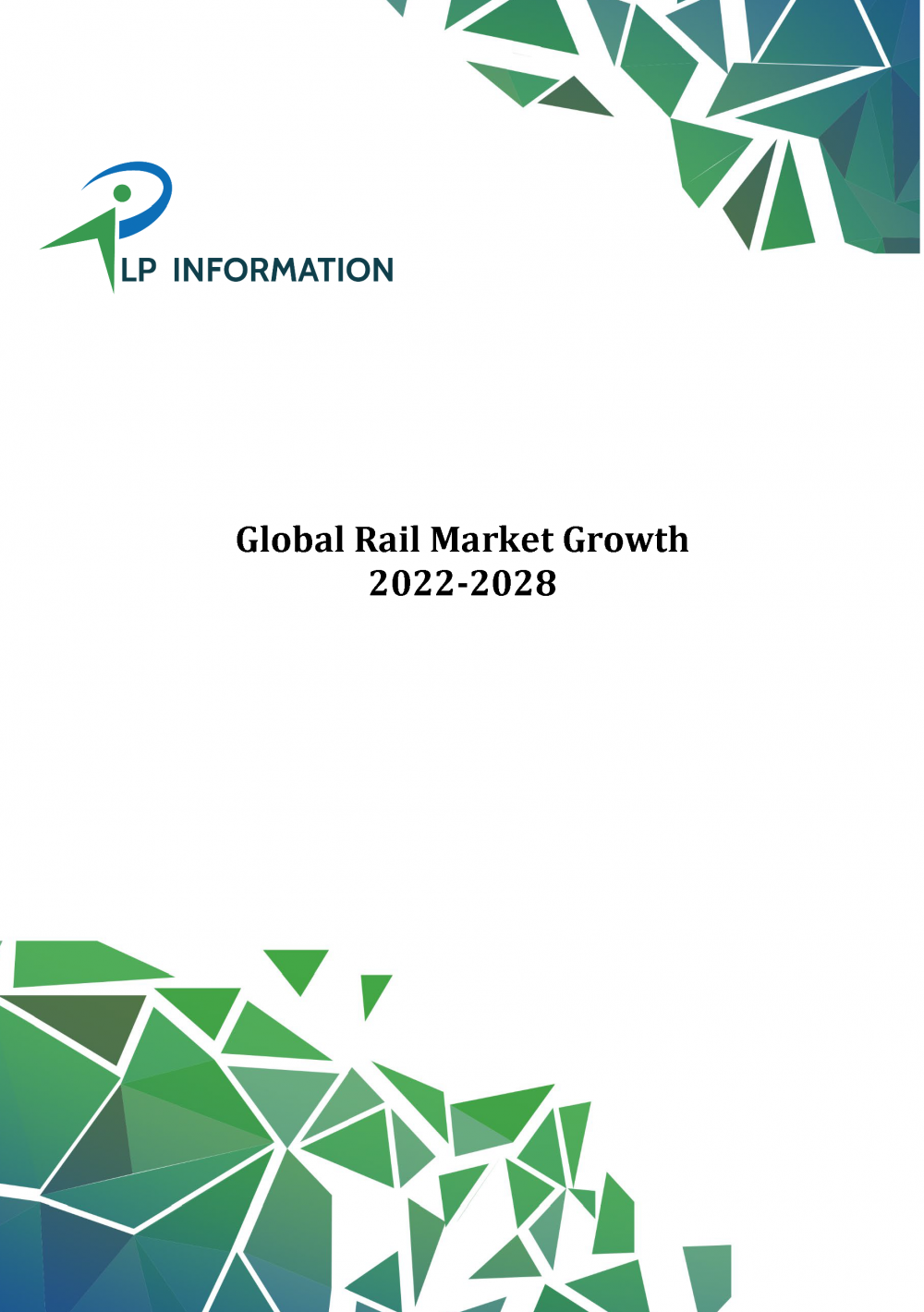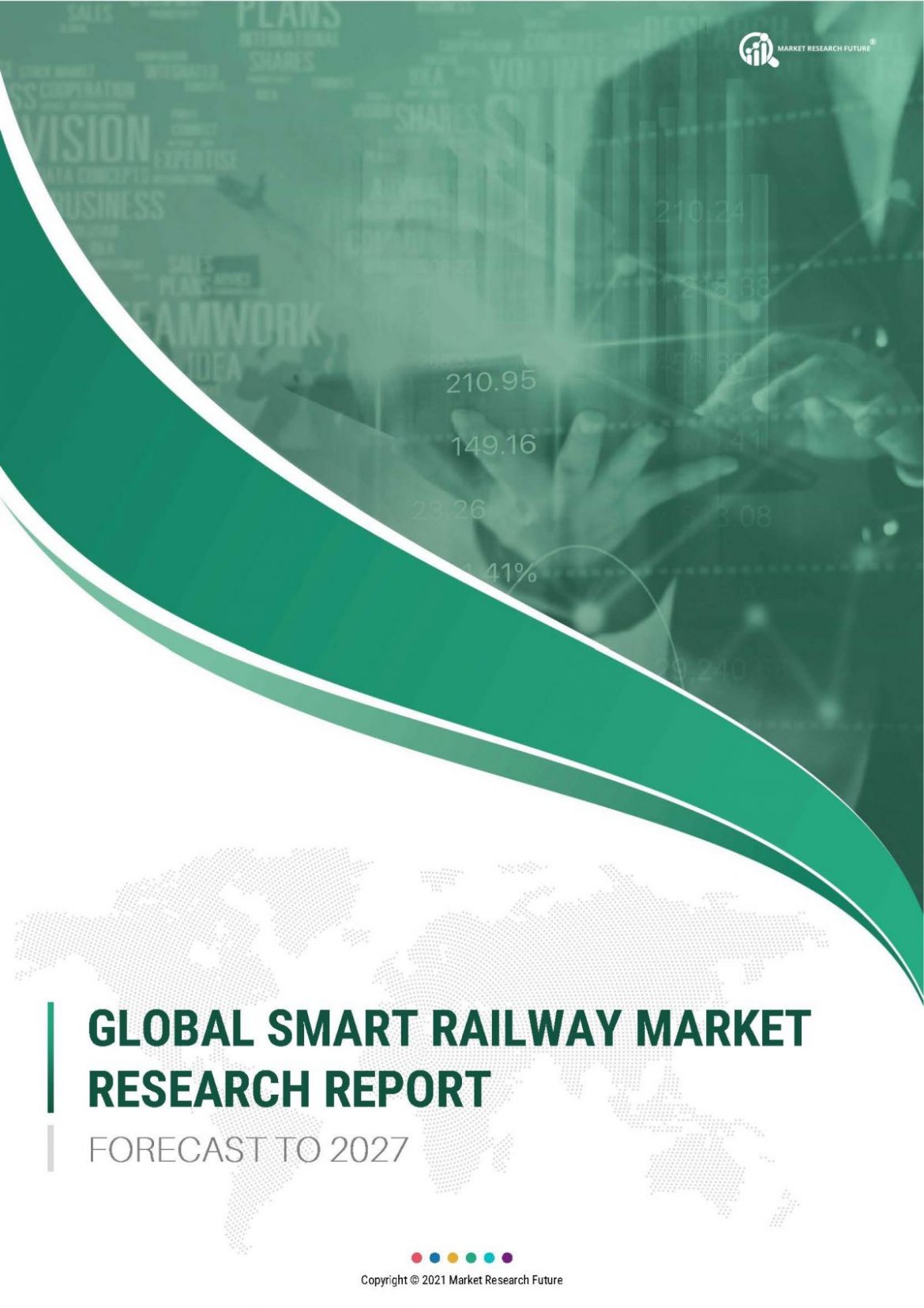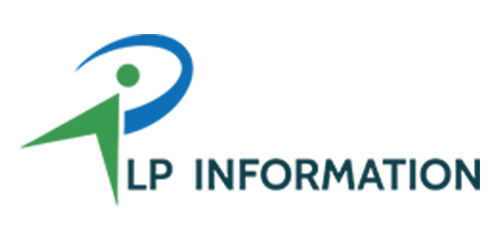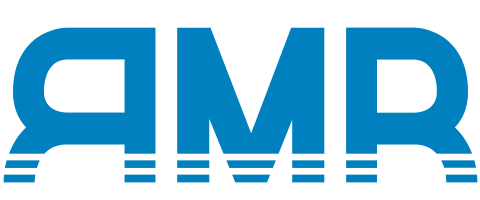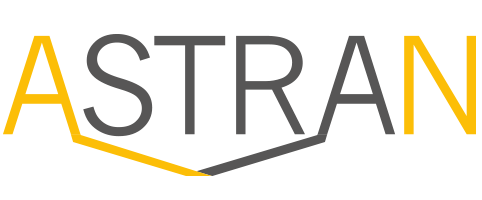Description
Global Railway Li-ion Battery Market Growth 2022-2028
As the global economy mends, the 2021 growth of Railway Li-ion Battery will have significant change from previous year. According to our (LP Information) latest study, the global Railway Li-ion Battery market size is USD million in 2022 from USD 161.6 million in 2021, with a change of % between 2021 and 2022. The global Railway Li-ion Battery market size will reach USD 669.4 million in 2028, growing at a CAGR of 22.5% over the analysis period.
The United States Railway Li-ion Battery market is expected at value of US$ million in 2021 and grow at approximately % CAGR during review period. China constitutes a % market for the global Railway Li-ion Battery market, reaching US$ million by the year 2028. As for the Europe Railway Li-ion Battery landscape, Germany is projected to reach US$ million by 2028 trailing a CAGR of % over the forecast period. In APAC, the growth rates of other notable markets (Japan and South Korea) are projected to be at % and % respectively for the next 5-year period.
Global main Railway Li-ion Battery players cover Saft Batteries, Hoppecke, GS Yuasa, and Toshiba, etc. In terms of revenue, the global largest two companies occupy a share nearly % in 2021.
This report presents a comprehensive overview, market shares, and growth opportunities of Railway Li-ion Battery market by product type, application, key manufacturers and key regions and countries.
Segmentation by type: breakdown data from 2017 to 2022, in Section 2.3; and forecast to 2028 in section 12.6
- LFP Battery
- Li-NMC Battery
Segmentation by application: breakdown data from 2017 to 2022, in Section 2.4; and forecast to 2028 in section 12.7.
- Autonomous Railway
- Hybrid Railway
This report also splits the market by region: Breakdown data in Chapter 4, 5, 6, 7 and 8.
- Americas
- United States
- Canada
- Mexico
- Brazil
- APAC
- China
- Japan
- Korea
- Southeast Asia
- India
- Australia
- Europe
- Germany
- France
- UK
- Italy
- Russia
- Middle East & Africa
- Egypt
- South Africa
- Israel
- Turkey
- GCC Countries
The report also presents the market competition landscape and a corresponding detailed analysis of the prominent manufacturers in this market, include
- Saft Batteries
- Hoppecke
- GS Yuasa
- Toshiba
- Hitachi
- Leclanché
- AKASOL AG
- Kokam
Table of Contents
1 Scope of the Report
1.1 Market Introduction
1.2 Years Considered
1.3 Research Objectives
1.4 Market Research Methodology
1.5 Research Process and Data Source
1.6 Economic Indicators
1.7 Currency Considered
2 Executive Summary
2.1 World Market Overview
2.1.1 Global Railway Li-ion Battery Annual Sales 2017-2028
2.1.2 World Current & Future Analysis for Railway Li-ion Battery by Geographic Region, 2017, 2022 & 2028
2.1.3 World Current & Future Analysis for Railway Li-ion Battery by Country/Region, 2017, 2022 & 2028
2.2 Railway Li-ion Battery Segment by Type
2.2.1 LFP Battery
2.2.2 Li-NMC Battery
2.3 Railway Li-ion Battery Sales by Type
2.3.1 Global Railway Li-ion Battery Sales Market Share by Type (2017-2022)
2.3.2 Global Railway Li-ion Battery Revenue and Market Share by Type (2017-2022)
2.3.3 Global Railway Li-ion Battery Sale Price by Type (2017-2022)
2.4 Railway Li-ion Battery Segment by Application
2.4.1 Autonomous Railway
2.4.2 Hybrid Railway
2.5 Railway Li-ion Battery Sales by Application
2.5.1 Global Railway Li-ion Battery Sale Market Share by Application (2017-2022)
2.5.2 Global Railway Li-ion Battery Revenue and Market Share by Application (2017-2022)
2.5.3 Global Railway Li-ion Battery Sale Price by Application (2017-2022)
3 Global Railway Li-ion Battery by Company
3.1 Global Railway Li-ion Battery Breakdown Data by Company
3.1.1 Global Railway Li-ion Battery Annual Sales by Company (2020-2022)
3.1.2 Global Railway Li-ion Battery Sales Market Share by Company (2020-2022)
3.2 Global Railway Li-ion Battery Annual Revenue by Company (2020-2022)
3.2.1 Global Railway Li-ion Battery Revenue by Company (2020-2022)
3.2.2 Global Railway Li-ion Battery Revenue Market Share by Company (2020-2022)
3.3 Global Railway Li-ion Battery Sale Price by Company
3.4 Key Manufacturers Railway Li-ion Battery Producing Area Distribution, Sales Area, Product Type
3.4.1 Key Manufacturers Railway Li-ion Battery Product Location Distribution
3.4.2 Players Railway Li-ion Battery Products Offered
3.5 Market Concentration Rate Analysis
3.5.1 Competition Landscape Analysis
3.5.2 Concentration Ratio (CR3, CR5 and CR10) & (2020-2022)
3.6 New Products and Potential Entrants
3.7 Mergers & Acquisitions, Expansion
4 World Historic Review for Railway Li-ion Battery by Geographic Region
4.1 World Historic Railway Li-ion Battery Market Size by Geographic Region (2017-2022)
4.1.1 Global Railway Li-ion Battery Annual Sales by Geographic Region (2017-2022)
4.1.2 Global Railway Li-ion Battery Annual Revenue by Geographic Region
4.2 World Historic Railway Li-ion Battery Market Size by Country/Region (2017-2022)
4.2.1 Global Railway Li-ion Battery Annual Sales by Country/Region (2017-2022)
4.2.2 Global Railway Li-ion Battery Annual Revenue by Country/Region
4.3 Americas Railway Li-ion Battery Sales Growth
4.4 APAC Railway Li-ion Battery Sales Growth
4.5 Europe Railway Li-ion Battery Sales Growth
4.6 Middle East & Africa Railway Li-ion Battery Sales Growth
5 Americas
5.1 Americas Railway Li-ion Battery Sales by Country
5.1.1 Americas Railway Li-ion Battery Sales by Country (2017-2022)
5.1.2 Americas Railway Li-ion Battery Revenue by Country (2017-2022)
5.2 Americas Railway Li-ion Battery Sales by Type
5.3 Americas Railway Li-ion Battery Sales by Application
5.4 United States
5.5 Canada
5.6 Mexico
5.7 Brazil
6 APAC
6.1 APAC Railway Li-ion Battery Sales by Region
6.1.1 APAC Railway Li-ion Battery Sales by Region (2017-2022)
6.1.2 APAC Railway Li-ion Battery Revenue by Region (2017-2022)
6.2 APAC Railway Li-ion Battery Sales by Type
6.3 APAC Railway Li-ion Battery Sales by Application
6.4 China
6.5 Japan
6.6 South Korea
6.7 Southeast Asia
6.8 India
6.9 Australia
6.10 China Taiwan
7 Europe
7.1 Europe Railway Li-ion Battery by Country
7.1.1 Europe Railway Li-ion Battery Sales by Country (2017-2022)
7.1.2 Europe Railway Li-ion Battery Revenue by Country (2017-2022)
7.2 Europe Railway Li-ion Battery Sales by Type
7.3 Europe Railway Li-ion Battery Sales by Application
7.4 Germany
7.5 France
7.6 UK
7.7 Italy
7.8 Russia
8 Middle East & Africa
8.1 Middle East & Africa Railway Li-ion Battery by Country
8.1.1 Middle East & Africa Railway Li-ion Battery Sales by Country (2017-2022)
8.1.2 Middle East & Africa Railway Li-ion Battery Revenue by Country (2017-2022)
8.2 Middle East & Africa Railway Li-ion Battery Sales by Type
8.3 Middle East & Africa Railway Li-ion Battery Sales by Application
8.4 Egypt
8.5 South Africa
8.6 Israel
8.7 Turkey
8.8 GCC Countries
9 Market Drivers, Challenges and Trends
9.1 Market Drivers & Growth Opportunities
9.2 Market Challenges & Risks
9.3 Industry Trends
10 Manufacturing Cost Structure Analysis
10.1 Raw Material and Suppliers
10.2 Manufacturing Cost Structure Analysis of Railway Li-ion Battery
10.3 Manufacturing Process Analysis of Railway Li-ion Battery
10.4 Industry Chain Structure of Railway Li-ion Battery
11 Marketing, Distributors and Customer
11.1 Sales Channel
11.1.1 Direct Channels
11.1.2 Indirect Channels
11.2 Railway Li-ion Battery Distributors
11.3 Railway Li-ion Battery Customer
12 World Forecast Review for Railway Li-ion Battery by Geographic Region
12.1 Global Railway Li-ion Battery Market Size Forecast by Region
12.1.1 Global Railway Li-ion Battery Forecast by Region (2023-2028)
12.1.2 Global Railway Li-ion Battery Annual Revenue Forecast by Region (2023-2028)
12.2 Americas Forecast by Country
12.3 APAC Forecast by Region
12.4 Europe Forecast by Country
12.5 Middle East & Africa Forecast by Country
12.6 Global Railway Li-ion Battery Forecast by Type
12.7 Global Railway Li-ion Battery Forecast by Application
13 Key Players Analysis
13.1 Saft Batteries
13.1.1 Saft Batteries Company Information
13.1.2 Saft Batteries Railway Li-ion Battery Product Offered
13.1.3 Saft Batteries Railway Li-ion Battery Sales, Revenue, Price and Gross Margin (2020-2022)
13.1.4 Saft Batteries Main Business Overview
13.1.5 Saft Batteries Latest Developments
13.2 Hoppecke
13.2.1 Hoppecke Company Information
13.2.2 Hoppecke Railway Li-ion Battery Product Offered
13.2.3 Hoppecke Railway Li-ion Battery Sales, Revenue, Price and Gross Margin (2020-2022)
13.2.4 Hoppecke Main Business Overview
13.2.5 Hoppecke Latest Developments
13.3 GS Yuasa
13.3.1 GS Yuasa Company Information
13.3.2 GS Yuasa Railway Li-ion Battery Product Offered
13.3.3 GS Yuasa Railway Li-ion Battery Sales, Revenue, Price and Gross Margin (2020-2022)
13.3.4 GS Yuasa Main Business Overview
13.3.5 GS Yuasa Latest Developments
13.4 Toshiba
13.4.1 Toshiba Company Information
13.4.2 Toshiba Railway Li-ion Battery Product Offered
13.4.3 Toshiba Railway Li-ion Battery Sales, Revenue, Price and Gross Margin (2020-2022)
13.4.4 Toshiba Main Business Overview
13.4.5 Toshiba Latest Developments
13.5 Hitachi
13.5.1 Hitachi Company Information
13.5.2 Hitachi Railway Li-ion Battery Product Offered
13.5.3 Hitachi Railway Li-ion Battery Sales, Revenue, Price and Gross Margin (2020-2022)
13.5.4 Hitachi Main Business Overview
13.5.5 Hitachi Latest Developments
13.6 Leclanché
13.6.1 Leclanché Company Information
13.6.2 Leclanché Railway Li-ion Battery Product Offered
13.6.3 Leclanché Railway Li-ion Battery Sales, Revenue, Price and Gross Margin (2020-2022)
13.6.4 Leclanché Main Business Overview
13.6.5 Leclanché Latest Developments
13.7 AKASOL AG
13.7.1 AKASOL AG Company Information
13.7.2 AKASOL AG Railway Li-ion Battery Product Offered
13.7.3 AKASOL AG Railway Li-ion Battery Sales, Revenue, Price and Gross Margin (2020-2022)
13.7.4 AKASOL AG Main Business Overview
13.7.5 AKASOL AG Latest Developments
13.8 Kokam
13.8.1 Kokam Company Information
13.8.2 Kokam Railway Li-ion Battery Product Offered
13.8.3 Kokam Railway Li-ion Battery Sales, Revenue, Price and Gross Margin (2020-2022)
13.8.4 Kokam Main Business Overview
13.8.5 Kokam Latest Developments
14 Research Findings and Conclusion


